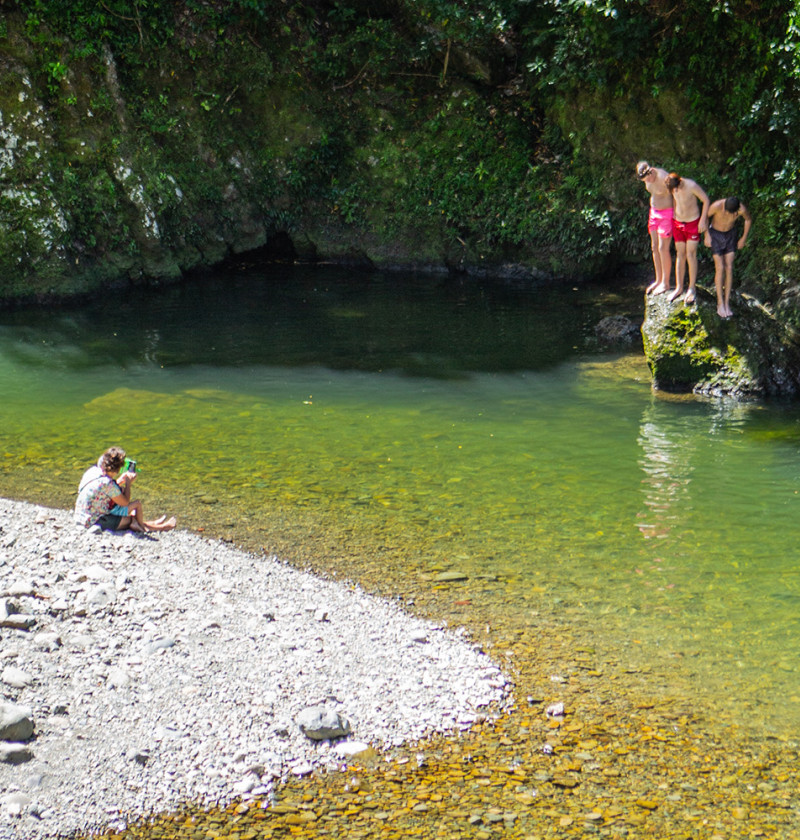Clause 3.19: Assessing trends

The direction in clause 3.19(2) is a shift away from the traditional approach to analysing trends. Instead of looking for evidence of a statistically significant deteriorating trend, councils are now instructed to look for the likelihood that a trend exists. If it is more likely than not that a deteriorating trend does exist, they must act. Action under clause 3.19 involves first investigating and applying some analysis (3.19(2)a, 3.19(2)b and 3.19(3)) that allows councils discretion based on risk, and on whether it is possible to determine unnatural cause, before declaring an attribute is ‘degrading’, which then triggers a requirement to respond to halt or reverse under 3.20.
The reason for this change is that councils should not delay action until evidence for a trend is beyond doubt, as may have happened in the past.
If councils cannot identify a trend, they should consider whether it is because of insufficient monitoring. In general, monthly sampling is considered adequate for detecting meaningful trends in river and lake water quality. Due to the lower temporal variability in groundwater, quarterly sampling is often appropriate.
This is in line with Te Mana o te Wai and the direction to use the best available information, to act in the best interests of the health and well-being of the water body, especially when the impacts are uncertain.
This new direction lowers the threshold for councils to act. Where the conventional threshold for assessing statistical significance of a negative trend would be close to 5 per cent (a p-value between .1 and .01), this policy moves toward likelihood comparison, which is comparative (but not the same as) a p-value closer to 0.5. The conventional approach in statistical analysis is to assume no trend, unless the data shows a strong enough indication of one. The philosophy adopted here is to assume a non-stable trend exists. The first step of the analysis is to determine what direction that trend is in.
When there is no or incomplete data, use the best estimate of whether a trend exists and the likelihood of that trend being larger than 50 per cent. It is consistent with Te Mana o te Wai to take action immediately, whether this action be investigative, physical or regulatory, rather than wait for further information, even if hindsight shows a degrading trend did not exist. However, as discussed in the next section, Clause 3.20: Responding to degradation, it is important to assess the size of that trend, and its ecological consequences, alongside its direction, to determine the type and scale of action required.

Clause 3.19: Assessing trends
July 2022
© Ministry for the Environment